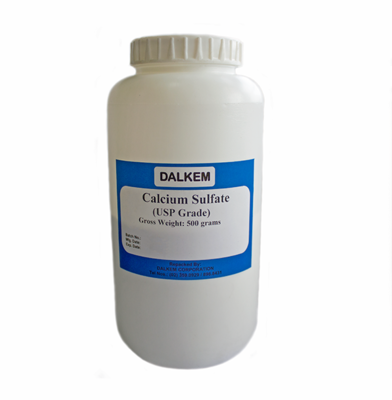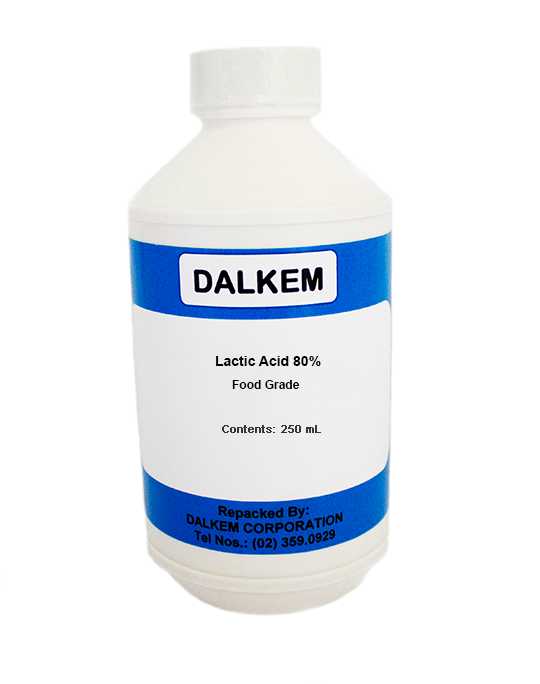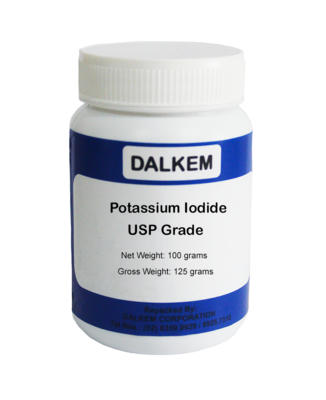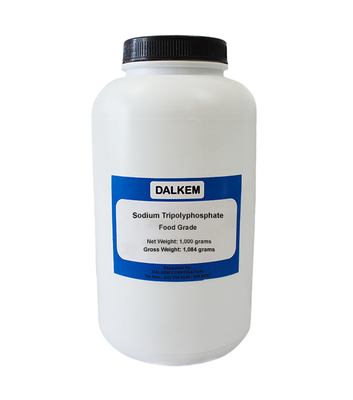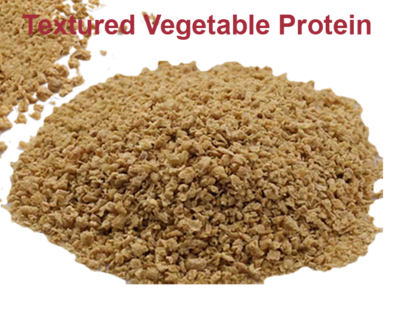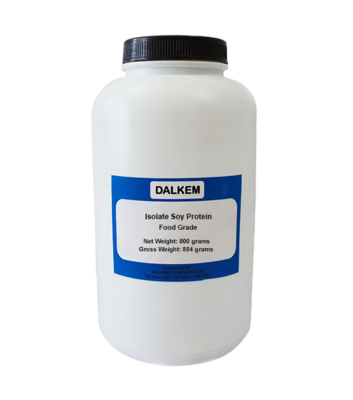Lactic Acid 80% Food Grade
Lactic acid is naturally present in many foodstuffs. It is formed by natural fermentation in products such as cheese, yogurt, soy sauce, sourdough, meat products and pickled vegetables. Lactic acid is also used in a wide range of food applications such as bakery products, beverages, meat products, confectionery, dairy products, salads, dressings, ready meals, etc. Lactic acid in food products usually serves as either as a pH regulator or as a preservative. It is also used as a flavoring agent. Lactic acid is the acid ingredient of sour dairy products, fermented fruits and vegetables and sausages. Lactic acid has been consumed by humans since prehistoric times. Lactic acid as a product of nature, however, is even older. It is present in every form of organized life and was supposedly already prevalent in the first forms of primitive life that existed on earth. Many bacterial species produce lactic acid, with Lactobacillus, Bifidobacterium, Streptococcus, Pediococcus and Leuconostoc being the predominant examples. Lactic acid found in animals and humans has many functions, the most important of which is related to the supply of energy in muscle tissue. Metabolic turnover of lactic acid in adult men has been estimated to be approximately 120 to 150 g per day.
Lactic Acid in Food
• Meat, Poultry and Fish Lactic acid can be used in meat, poultry and fish in the form of sodium or potassium lactate to extend shelf life, control pathogenic bacteria (improve food safety), enhance and protect meat flavor, improve water binding capacity and reduce sodium.
• Beverages Because of its mild taste, lactic acid is used as an acidity regulator in beverages such as soft drinks and fruit juices.
• Pickled vegetables Lactic acid is effective in preventing the spoilage of olives, gherkins, pearl onions and other vegetables preserved in brine.
• Salads & dressings Lactic acid may be also used as a preservative in salads and dressings, resulting in products with a milder flavor while maintaining microbial stability and safety.
• Confectionery Formulating hard-boiled candy, fruit gums and other confectionery products with lactic acid results in a mild acid taste, improved quality, reduced stickiness and longer shelf life.
• Dairy The natural presence of lactic acid in dairy products, combined with the dairy flavor and good antimicrobial action of lactic acid, makes lactic acid an excellent acidification agent for many dairy products.
• Baked Goods Lactic acid is a natural sourdough acid, which gives the bread its characteristic flavor, and therefore it can be used for direct acidification in the production of sourdough.
• Savory Flavors Lactic acid is used to enhance a broad range of savory flavors. Its natural occurrence in meat and dairy products makes lactic acid an attractive way to enhance savory flavors.
Lactic Acid in Non-Food
• Pharmaceutical The primary functions for the pharmaceutical applications are: pH-regulation, metal sequestration, chiral intermediate and as a natural body constituent in pharmaceutical products.
• Biomaterials Lactic acid is a valuable component in biomaterials such as resorbable screws, sutures and medical devices.
• Detergents Lactic acid well known for its descaling properties and is widely applied in household cleaning products. Also, lactic acid is used as a natural anti-bacterial agent in disinfecting products.
• Technical Lactic acid is used in a wide variety of industrial processes where acidity is required and where its properties offer specific benefits. Examples are the manufacture of leather and textile products and computer disks, as well as car coating.
• Animal Feed Lactic acid is a commonly used additive in animal nutrition. It has health promoting properties, thus enhancing the performance of farm animals. Lactic acid can be used as an additive in food and/or drinking water.
• Lactic acid in biodegradable plastics Lactic Acid is the principal building block for Poly Lactic Acid (PLA). PLA is a biobased and bio-degradable polymer that can be used for producing renewable and compostable plastics.
